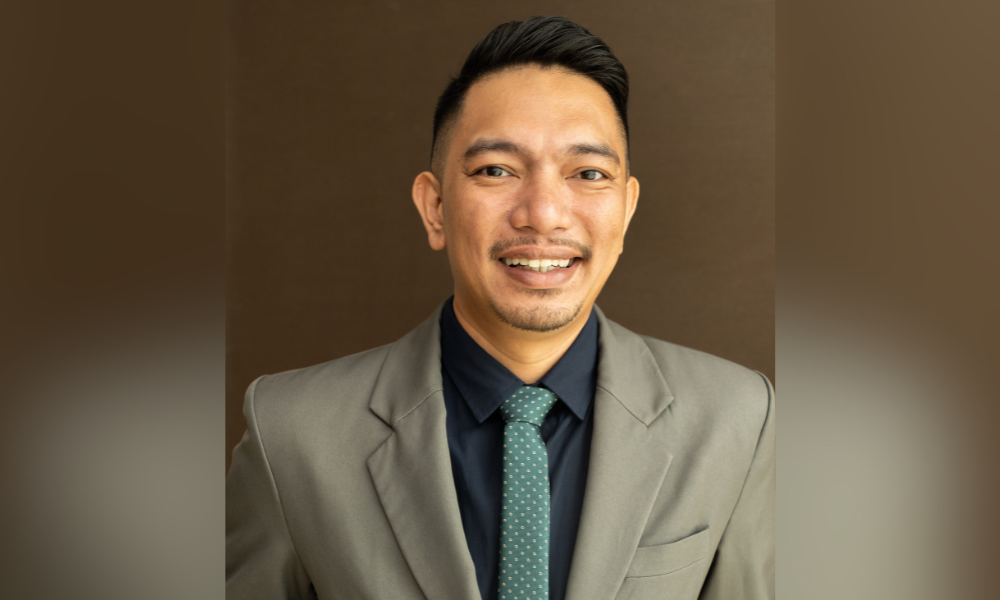
Head of L&D shares insights, best practices on how to foster meaningful employee engagement

The exodus of skilled workers, commonly known as “brain drain,” has challenged the Philippines for decades. While its consequences are most visible in sectors like healthcare, where many people pursue opportunities abroad, other industries are also feeling the impact.
As a result, organizations might want to rethink their approach to managing talent, balancing the inevitability of departures with strategies to retain and develop employees.
Dominic Dalisay, learning and development head at Our Lady of Lourdes Hospital in Manila, provides insights into these challenges.
Dalisay says that migration is not a new phenomenon for the Philippines, but a “major push” can be traced back to the Martial Law era and the years that followed, as economic instability and political unrest drove many Filipinos to seek better opportunities abroad.
In recent years, brain drain has continued, but the scope has expanded.
While healthcare workers remain at the forefront, industries such as technology, engineering, and education are also seeing talent migration to foreign markets.
However, Dalisay notes that today’s brain drain isn’t as pronounced as it once was, thanks to the rise of outsourcing and remote work opportunities.
“People don't necessarily leave anymore,” he explains. “There’s now a virtual transference happening.”
Many professionals now work remotely for international clients while remaining in the Philippines. This shift presents both challenges and opportunities for HR professionals, who must compete with foreign employers offering higher wages and greater flexibility.
For Dalisay’s team, he shares that they have embraced transparency and adaptability. At his workplace, employees are encouraged to share their long-term plans early in their employment.
“Rather than discourage them, we support their transition through partner agencies,” he explains. “This creates trust, ensures smoother exits, and allows us to plan ahead.”
While salary remains a significant factor, Dalisay stresses that compensation alone won’t guarantee long-term retention. “There will always be companies offering better packages,” he notes.
To foster meaningful engagement, Filipino companies must build workplace cultures that nurture both professional growth and personal well-being.
Dalisay emphasizes the importance of coaching and mentoring, especially for younger employees who seek holistic support. “Younger workers want to feel supported not just professionally but personally,” he explains.
His approach to coaching encourages open communication, where employees feel safe discussing mistakes and challenges. This builds trust and strengthens engagement, making employees more likely to stay.
However, Dalisay cautions that personal connections should not overshadow business goals.
“It’s essential to find the right balance—where coaching promotes both personal growth and business performance,” he says.
Dalisay explains that by integrating mentoring programs with business objectives, companies can create environments where employees thrive and feel motivated to contribute meaningfully.
Tracking the impact of brain drain requires more than just turnover data—it involves qualitative insights from practices like exit interviews.
Dalisay suggests that these tools offer valuable information about why employees leave and how HR teams can adjust their retention strategies.
“Exit interviews reveal patterns that numbers alone won’t show,” he notes, encouraging HR professionals to integrate these insights into their decision-making processes.
He also emphasizes the importance of workforce projections to align recruitment with anticipated transitions.
“You can estimate how many employees will leave within a given period and prepare accordingly,” he explains. Proactive recruitment ensures that workforce disruptions are minimized, whether employees pursue overseas work or remote roles.
Dalisay highlights that some healthcare professionals may prefer non-traditional roles, such as medical virtual assistants, over demanding hospital jobs.
“The ability to work from home with better work-life balance is increasingly appealing,” he observes.
HR professionals, he suggests, must consider how to offer flexibility within traditional roles to compete with these emerging alternatives.
To compete with overseas offers, Filipino companies must create workplace cultures that resonate with employees’ aspirations. Dalisay emphasizes that employees stay longer when they feel their workplace supports both their personal and professional growth.
“Employees thrive in environments where they feel supported—where they can see a good career path,” he explains. By promoting both personal development and professional excellence, companies increase their chances of retaining top talent, even in a competitive global market.
“It’s not just about serving two masters,” Dalisay notes. “It’s about ensuring that both the individual and the organization grow together.”
Dalisay encourages HR professionals to embrace transparency, build cultures of growth, and anticipate workforce changes.
“I think it’s all about aligning recruitment and development strategies with workforce trends,” he says.
“When employees feel valued both personally and professionally, companies have a better chance of retaining them—whether they stay for a few years or longer.”